For Bank of Credit and Commerce International (BCCI), Argentina was a major market with a large population of migrants from Europe, Middle East, and Far East. Argentina was an important source of valuable minerals and it ranked among the world’s wealthiest countries for the production of livestock and cereals.
Country information
Argentina, officially Argentine Republic, covered most of the southern part of the South American continent and was part of the Latin America region. Argentina also claimed a part of Antarctica, as well as several islands in the South Atlantic, including the British-occupied Falkland Islands (Islas Malvinas).
Argentina was bordered by Chile to the west, Bolivia to the northwest and Paraguay to the north. The entire eastern border of the country was the south Atlantic Ocean.

The capital of Argentina was Buenos Aires, often referred to as the "Paris of South America," because of the dominant influences of the European settlers during the colonial period.

The country encompassed immense plains, deserts, tundra, and forests, as well as tall mountains, rivers, and thousands of miles of ocean shoreline.
History
Along with numerous nomadic tribespeople, two main indigenous groups existed in Argentina before the arrival of the Europeans.
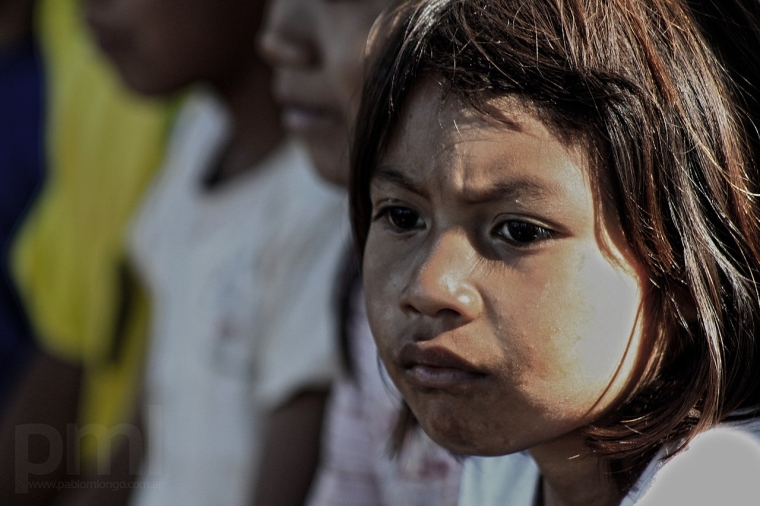
The indigenous people were considered as inferior beings. Their lands were appropriated, and they were forced to convert to Christianity by the European Jesuits (missionaries of the Catholic Church) and perform domestic work.
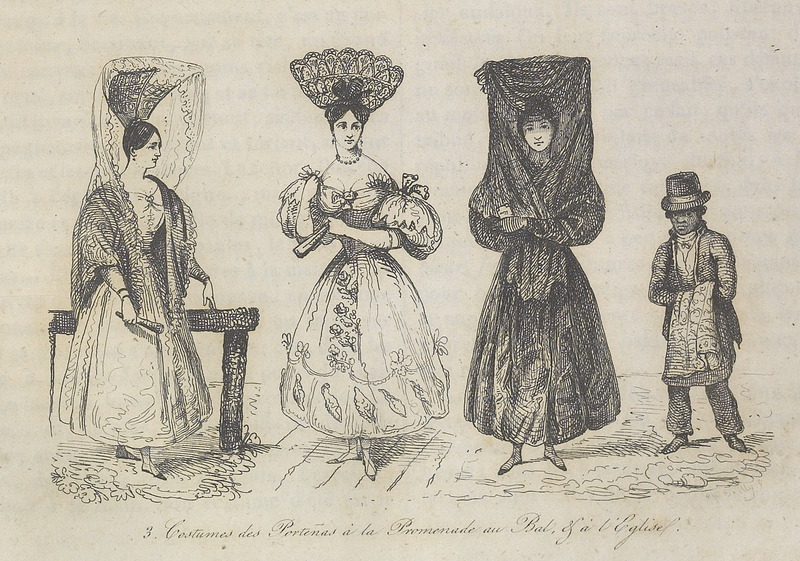
Between 1589 and 1640, slave trade by Spain and other European countries was the main commercial activity for the port of Buenos Aires.
Slaves came primarily from Brazil via the Portuguese slave trade from Angola and other western states in Africa.
In order to ‘dilute’ the non-white population within the country, the Argentine was reported to have promoted massive immigration from Europe (mainly Spain and Italy), and Middle East from the 18th century.
In 1806 and 1807, the British attacked Buenos Aires when Spain’s cities were under the control of Napoleon of France. The Spanish colony managed to repulse the attacks that no doubt helped to foster the region's growing sense of independence.
In 1810, the forces of Napoleon Bonaparte, then Emperor of France (the French Republic) conquered the major cities in Spain. As a result, Spain’s control over the Argentine people was considerably weakened.
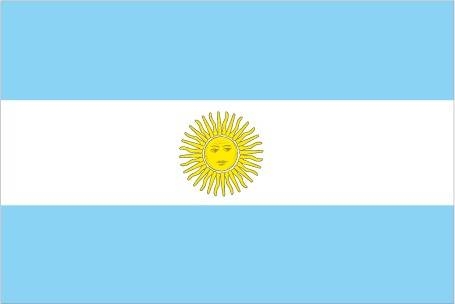 Following three centuries of Spanish colonisation, Argentina declared independence from Spain in 1816.
Following three centuries of Spanish colonisation, Argentina declared independence from Spain in 1816.
Population and language
Argentina’s population and culture were heavily shaped by immigrants from throughout Europe.
In 1897 when BCCI was established in Buenos Aires, the country’s population around 30 million, with nearly 30% foreigners.
An estimated 4.25 million migrants were reported to have settled in Argentina between 1857 and 1960, with 75% of Italian and Spanish origin, followed mainly by the French, Germans, Polish, and Russians. Argentina was also home to peoples descended from migrants from Lebanon, Syria, China, Korea, and Japan.
Spanish was the official language.
Other languages included Italian, English, German, French, indigenous (Quechua, Guarani, Mapudungun).
Economy and foreign trade
Argentina had a large, diversified economy.
In Agriculture, the country was among the largest producers in the world of wheat, soybeans, maize, sunflower seed, barley, grape, tobacco, and cotton.
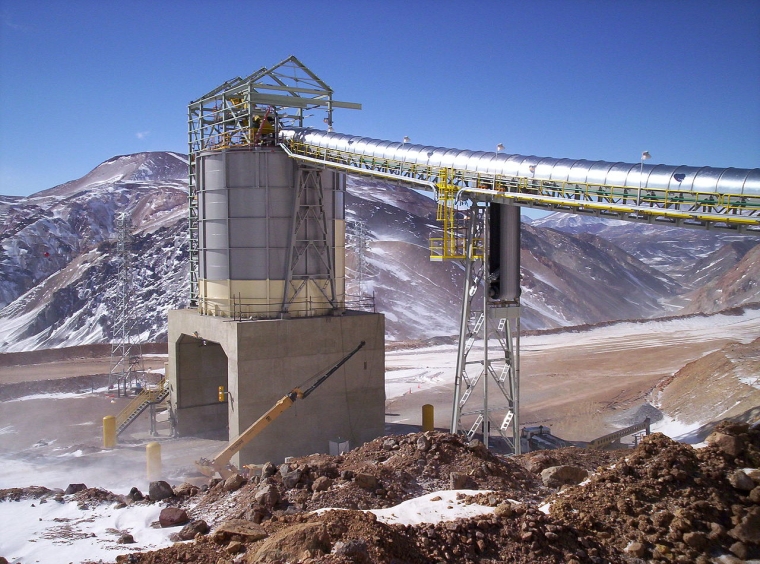
In mineral and natural resources, Argentina was rich in lithium, silver, gold and natural gas.

By 1960 manufacturing contributed more to the country’s wealth than did agriculture.
BCCI in Argentina
Bank of Credit and Commerce International (BCCI) began seriously planning an entry into Argentina in the early 1980s..
However, the economic situation in Argentina was not conducive for BCCI to establish a banking presence in Argentina until the mid -1980s.
Argentina’s banking system had faced setbacks. In 1980 one of the country’s largest private banks, Banco de Intercambio Regional failed. This was followed by the liquidation of 71 financial institutions by the Central Bank, and business failures had increased.
The Central Bank acted to facilitate the restructuring of the financial system not only by liquidating failed financial institutions but also by encouraging mergers and sales.
In 1985 BCCI made a cautious start in Argentina. BCCI Holdings (Luxembourg) SA initially acquired a 30% share in 1985 in local bank, Banco Finamerica with offices in Buenos Aires, the capital of the country.
In 1987 BCCI acquired 99% shareholding in Banco Finamerica, and established a local operation with the name changed to the Bank of Credit and Commerce S A. (BCC).
BCC had four branches in Argentina at the start, all in Buenos Aires.
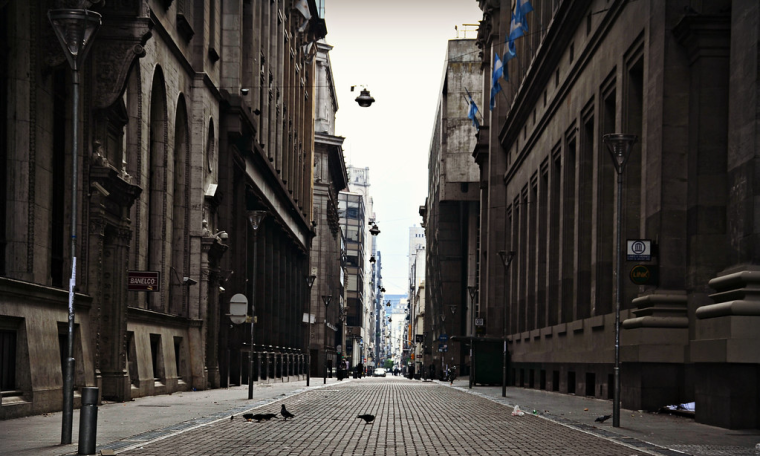
Buenos Aires Main Branch was located at:
Reconquista 579
(1003) Buenos Aires
Telephone: (541) 312 1758 / 312 1868 / 311 2876
Fax: (541) 311 5378
Telex: 17573 BCC AR
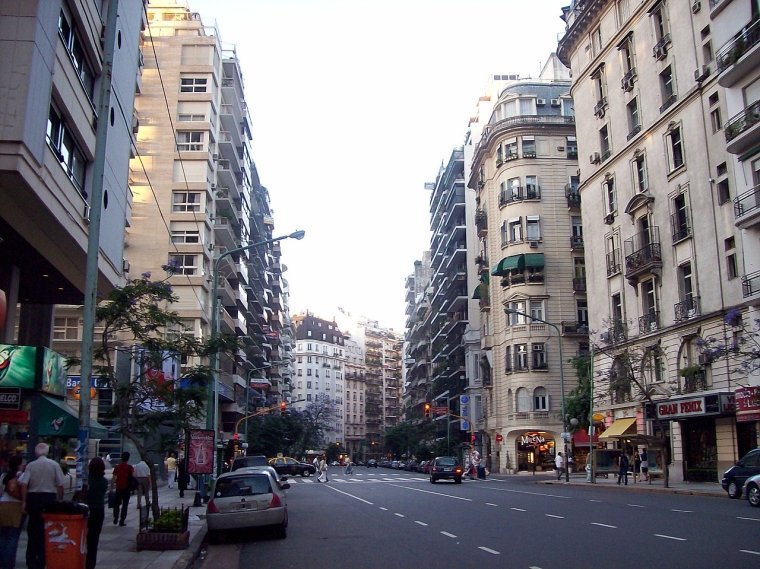
Calle Reconquista was a principal banking street and business centre in downtown Buenos Airies.
Buenos Aires Callao branch was located at:
Avinida Callao 1833
1048 Capita Federal
Buenos Aires
Telephone: (541) 44 6962/ 44 7065
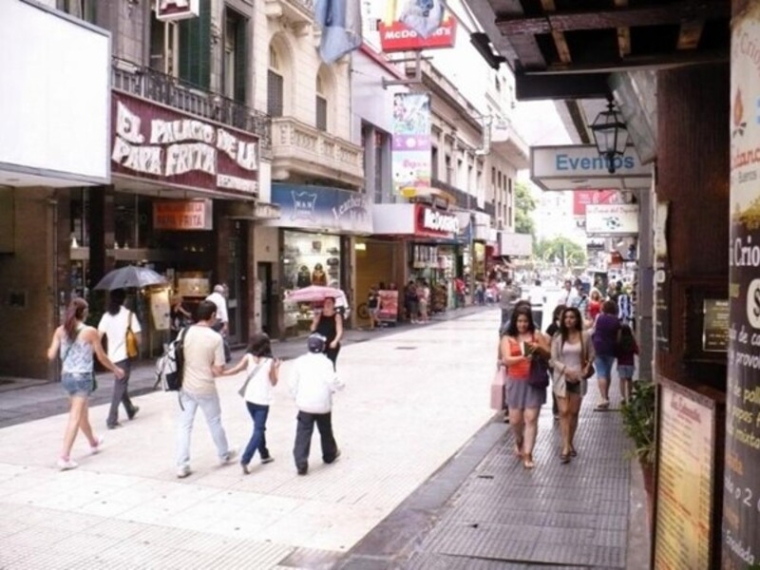
Avenida Callao (Callao Avenue) was one of the principal thoroughfares in Buenos Aires.
Buenos Aires Cerrito branch was located at:
Lavalle 1101
Buenos Aires (1048)
Telephone: (541) 35 9822 / 35 9707
Telex: 22086 BCCAR
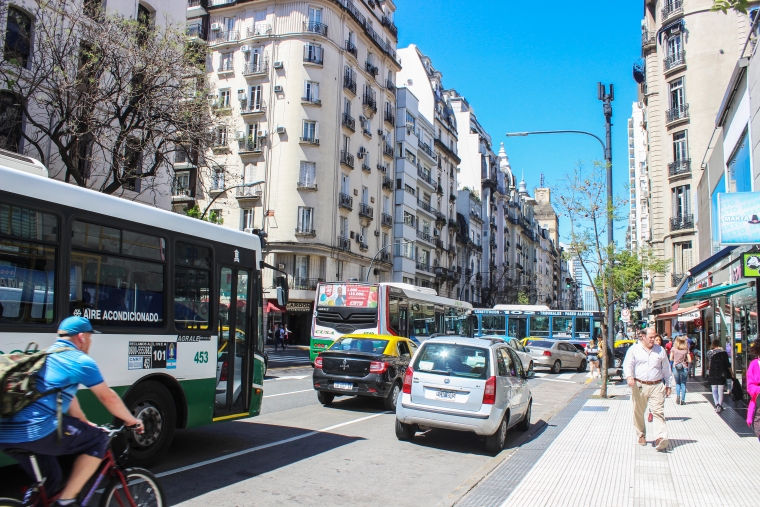
Lavalle Street in Buenos Airies with many shops and restaurants, was popular with visitors.
Buenos Aires Sante Fe branch was located at:
Santa Fe
Uruguay 1065/69
1016 Capital Federal
Buenos Aires
Telephone: (541) 44 3565 / 44 1384
Telex: 17573 FINAM AR
Santa Fe was also one of the principal thoroughfares in Buenos Aires and the commercial and transportation centre for a rich agricultural area that produced grain, vegetable oils, and meats.
BCC was ready to serve the already sizeable population from Lebanon and Syria in the Middle East, and from China, Korea, and Japan in the Far East, who were largely involved in business and trade.
The branch was authorised to handle all commercial banking activities and, in conformity with BCCI group policy, concentrated on short-term self-liquidating trade finance.
BCC is said to have extended finance to Mr Gaith Pharaon, a Saudi financier and a former shareholder in BCCI, to build a US$44 million hotel, the Park Hyatt, in central Buenos Aires that proved to be controversial. An old mansion on the site, preserved as an architectural monument, was torn down despite protests from neighbouring property owners. The new hotel was scheduled for completion in early 1992.
Closure of Callao and Sante Fe branches
In 1990, the BCC Callao and Sante Fe branches in Buenos Airies, were closed by BCCI. The number of branches in Argentina was reduced from four to two.
The decision was likely to have been taken by the BCCI management as part of the restructuring of the BCCI group, being discussed in 1990/1991 and its Abu Dhabi majority shareholders with the regulators that were primarily western central banks.
BCCI closure
On 5 July 1991 the Bank of England and other regulators in the west decided to abruptly freeze BCCI Group's assets and shut down BCCI's operating branches worldwide.
The priority of the governments and central banks in some countries was to protect their people and the local operations of BCCI continued in a different name after the assets and liabilities were acquired by private investors or another bank.
On 8 July 1991, a provisional liquidator was reportedly appointed after the operating license of the local BCC bank was cancelled by the Central Bank of Argentina (Banco Central de la Republica Argentina, BCRA). No charges against BCC would appear to have been filed in Argentina. No further information is available on the status of Bank of Credit and Commerce SA’s branch operations in Buenos Aires.
The BCCI Group majority shareholders considered the abrupt action by western central banks to shut down BCCI in 1991 was unjustified when they already had detailed discussions with the Bank of England and other regulators on a restructuring plan and would have injected further capital, if required.
In a 24-page report not made public but sent to some 60 central bankers worldwide, the United Nations Center on Transnational Corporations said that by simply shutting down the 70-nation banking network that financed international trade of $18 billion a year, the economic damage fell hardest on countries like Nigeria, Bangladesh and Zambia, where B.C.C.I. was an important institution. (New York Times, Feb 5, 1992)
